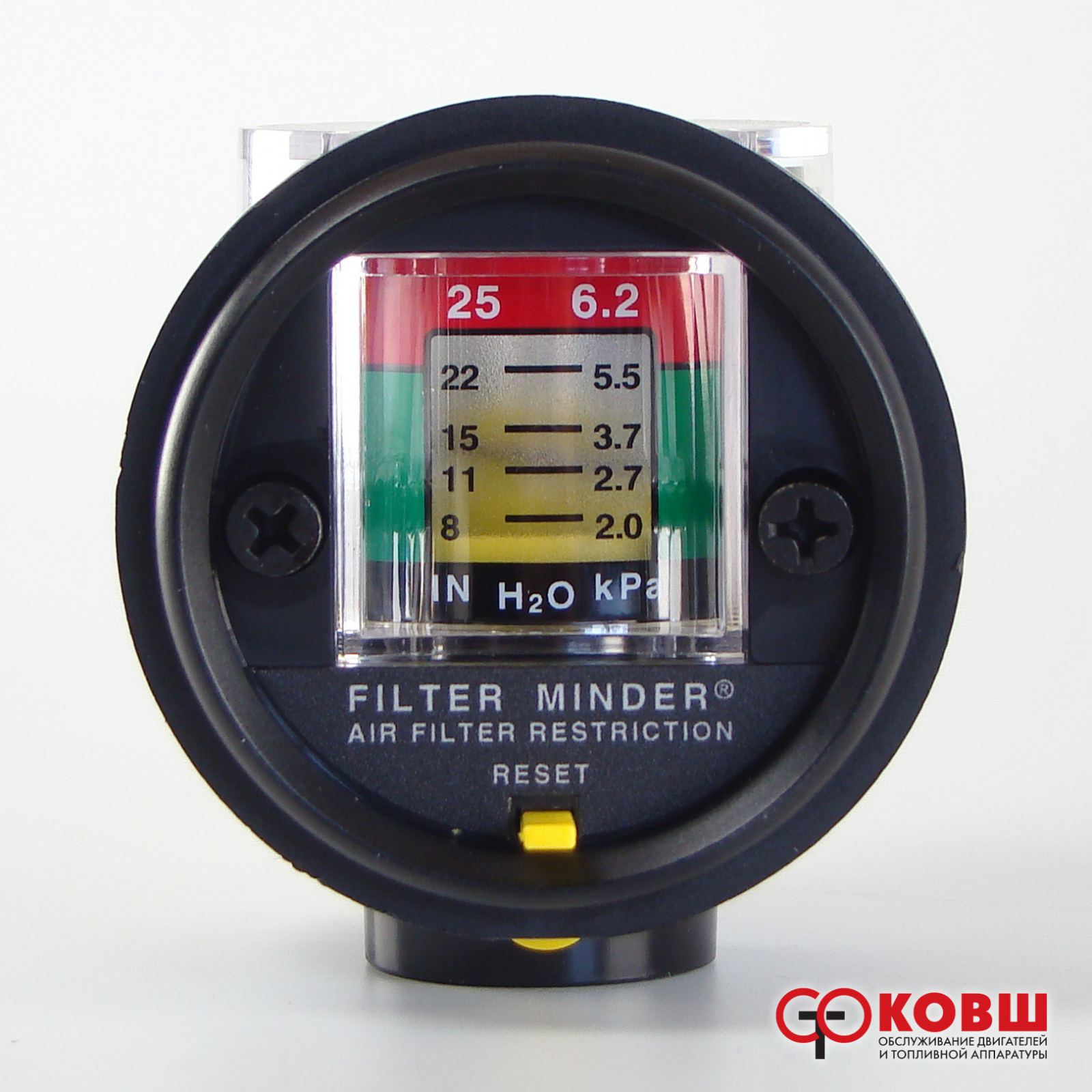
What is tire collapse?
You've probably never thought about how your wheel stays upright. There must be something holding it in place, but you never thought about it. He's just hanging around, right? In fact, aspects that you have never considered come into play. The angle of your wheel compared to the road is called tire camber.
Tire camber determined
Camber is the angle of each wheel with respect to the road. Specifically, camber is the degree of lean in and out of each wheel when the wheels are pointing straight ahead. Angle is measured along the vertical axis. There are three breakdown situations:
Positive camber this is when the top of the tire is tilted more than the bottom of the tire. This makes it easier to turn and is especially useful for off-road vehicles and large equipment such as tractors.
Zero camber this is when the tire lies flat on the ground; it has the largest possible contact patch with the road surface. Used for the best acceleration in a straight line, like on a drag strip.
Negative camber is the most common camber parameter for passenger cars. Because the tire's rubber tends to roll when cornering, this is offset by negative camber. Improves traction when cornering and improves steering feel. When too much negative camber is applied, the steering becomes stiff and unresponsive.
How does this affect me?
Tire collapse significantly affects the safety of vehicle operation. When your steering feels too loose or too tight, it makes driving difficult. Excessive negative or positive camber will cause uneven tire wear and cause undue stress on suspension components.
If you hit a curb, a large pothole, or have an accident, there's a good chance it will affect your tire camber.
How to find out tire camber?
Tire camber is difficult to see with the naked eye. If your camber is significantly out of specification, you won't be able to tell unless you do an alignment. It's time for a wheel alignment adjustment if you notice any of the following:
- Driving suddenly became more difficult
- Excessive or uneven tire wear
- Tire or wheel damage
